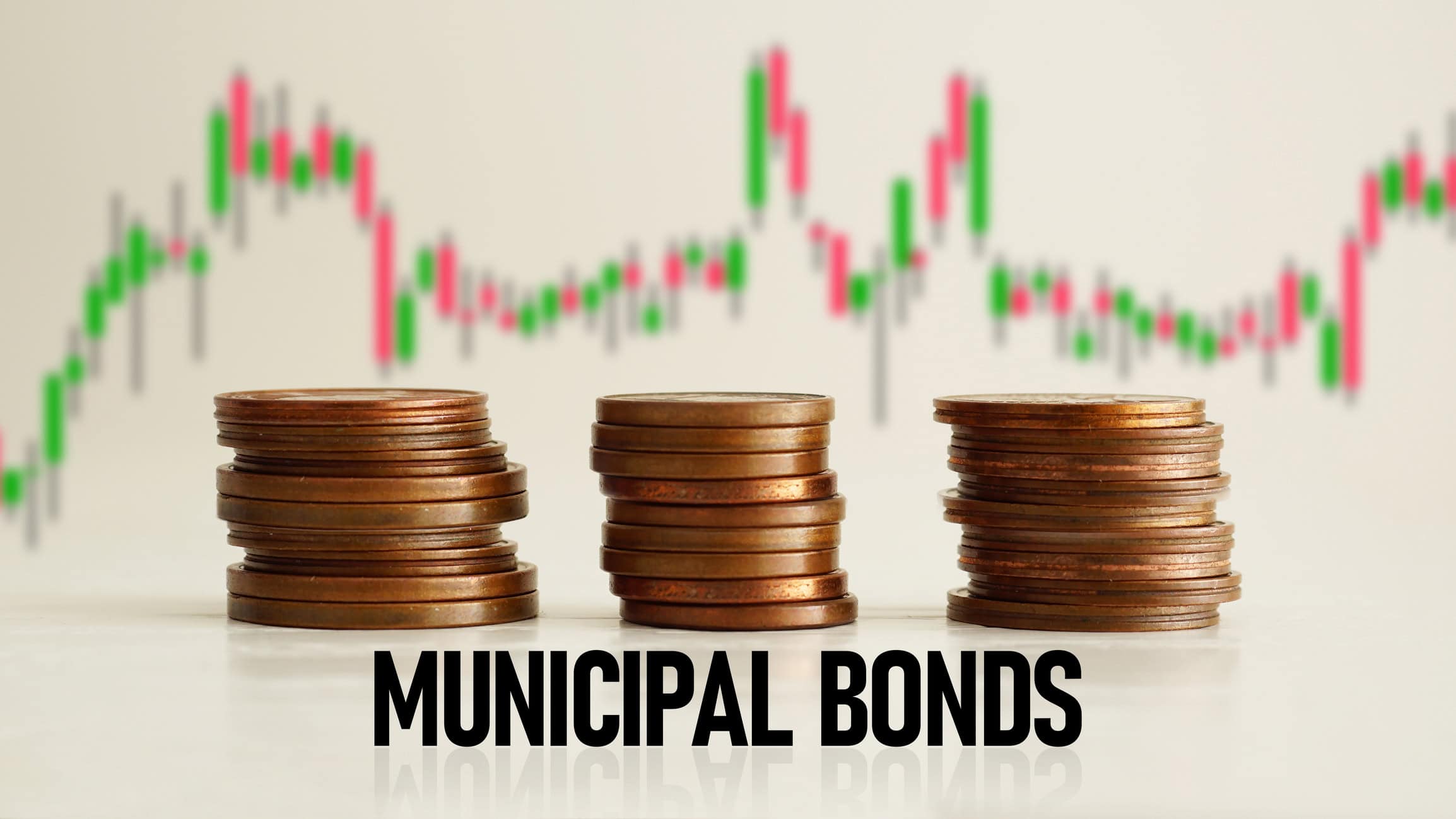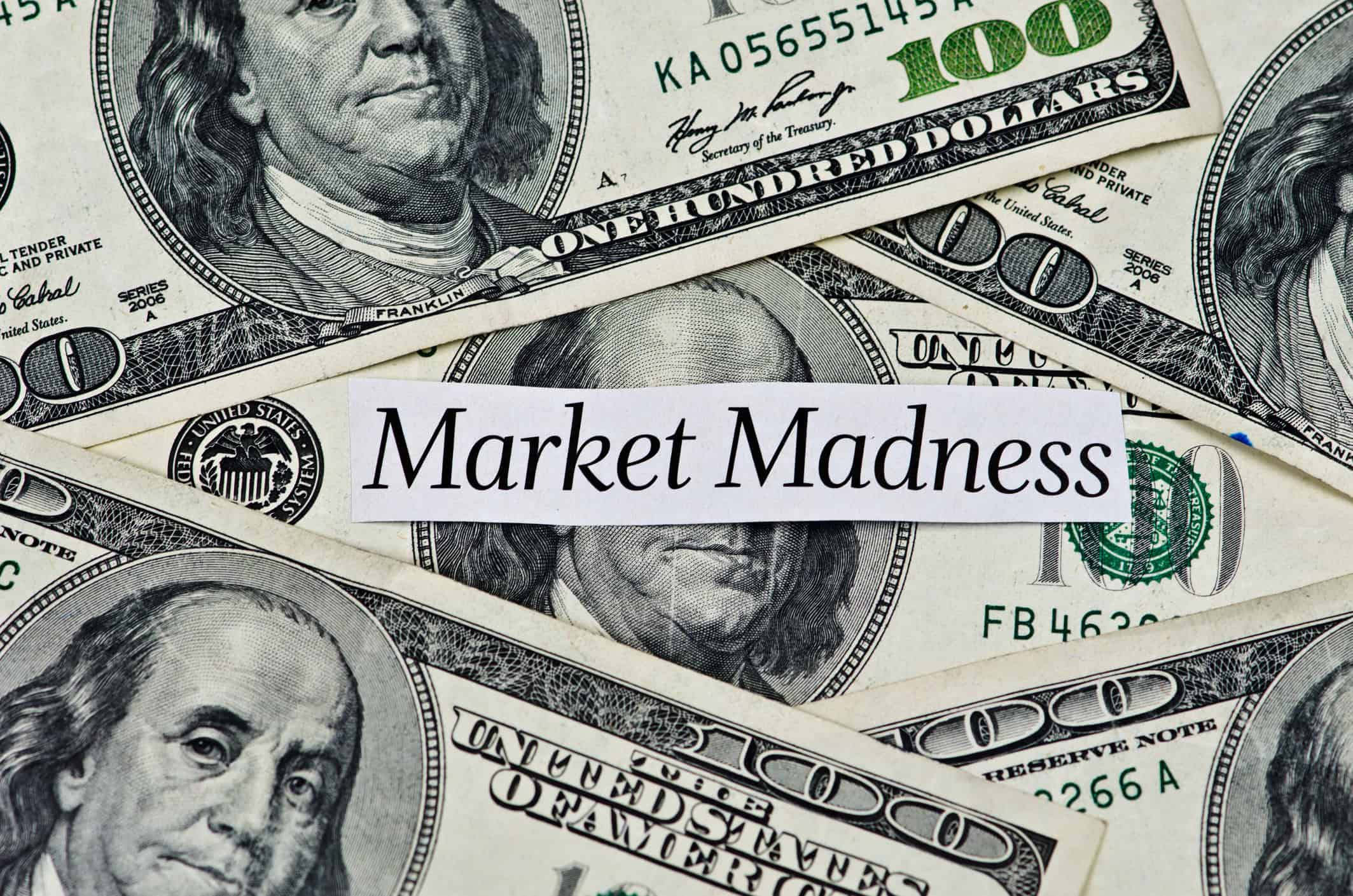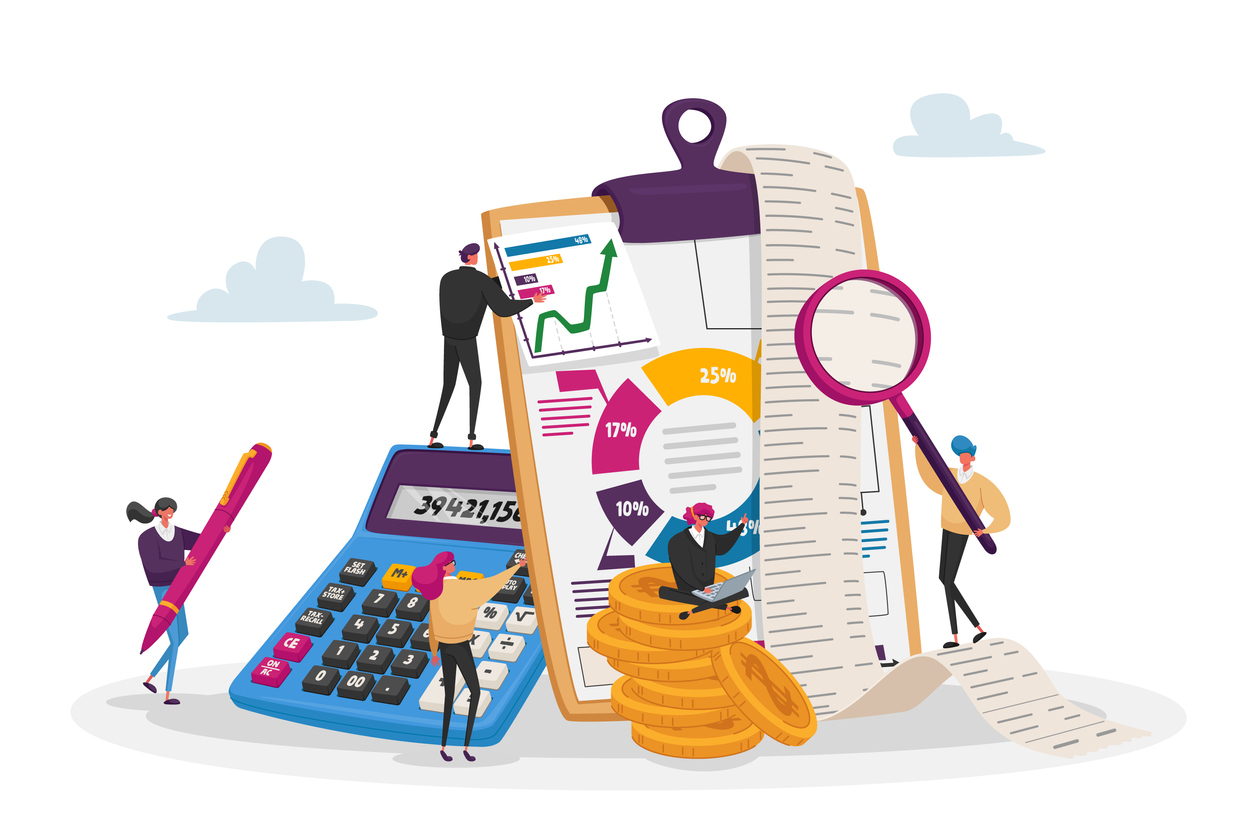
Are Consumers Finally Going to See Price Decreases?
Consumer prices have been steadily increasing due to inflationary pressures.
Inflation has had a significant impact on consumers over the past 12 months, leading to rising consumer prices for goods and services. This has resulted in increased costs for everyday necessities. Making it more challenging for consumers to maintain their purchasing power and meet their financial needs.
Are consumers going to get a break on prices within the upcoming year? With the persistent rise in consumer prices due to inflation, many are wondering if there is any relief in sight. In this blog post, we explore the factors that could potentially lead to price decreases and discuss the implications for consumers and investors.
What is the current rate of inflation on consumer prices?
As an investor, it is crucial to stay well-informed about the prevailing economic conditions, especially factors such as the consumer price index (CPI). Understanding the current rate of CPI enables investors to make informed decisions regarding asset allocation and portfolio management. In this blog post, we will delve into the current rate of consumer price inflation, providing you with valuable insights to assist in your investment strategy.
The Consumer Price Index measures the average change over time in the prices paid by urban consumers for a market basket of consumer goods and services. It serves as a key indicator of inflation. Representing the general purchasing power of consumers and the overall health of the economy.
As of the writing of this blog, the current rate of consumer price inflation in the United States stands at 3.2% according to the U.S. Labor Department. This rate is calculated by comparing the average price level of a basket of goods and services in the current period to the price level of the same basket in the previous period. In essence, that number indicates a price change (or increase) of 3.2% from the previous year.
Several key factors contribute to changes in consumer price inflation. These factors include:
- Supply and Demand: Changes in the demand and supply of goods and services can have a significant impact on consumer prices. When demand exceeds supply, prices tend to rise, whereas when supply exceeds demand, prices may decrease.
- Wage Growth: Wage growth is another important factor that can influence consumer price inflation. When wages increase, consumers have more purchasing power, which can drive up demand and push prices higher.
- Government Policies: Government policies, such as changes in taxation or regulations, can also have an impact on consumer prices. For example, an increase in taxes on certain goods or services can lead to higher prices for consumers. When you hear people talking about the “fed”, this is what they mean.
- Exchange Rates: Exchange rates can affect the prices of imported goods, which can then impact consumer prices. If the value of a country’s currency decreases, it can make imported goods more expensive, leading to higher consumer prices.
While it is difficult to predict future price decreases with certainty. Understanding the factors that influence consumer price inflation can help investors make informed decisions and navigate potential changes in the market.
Will consumers get a break soon?
Given the current market conditions, there is a possibility that consumers may see prices decrease shortly. While inflationary pressures have been driving up consumer prices, several factors could contribute to a potential reversal. For instance, increased competition among businesses, improved supply chain efficiencies, and changes in consumer demand patterns could all play a role in driving prices down.
Additionally, if the overall economy experiences a slowdown or if there are policy interventions to curb inflation, it could lead to a decrease in consumer prices. However, it is important to note that predicting price movements is complex and subject to various factors, making it difficult to determine the exact timing and extent of any potential price decreases. Investors and consumers alike should closely monitor market trends and economic indicators to stay informed about potential changes in consumer prices.
How can policymakers influence consumer prices?
Consumer price inflation has significant implications for an economy and can pose challenges for both individuals and businesses. As a policymaker, understanding effective measures to control and manage consumer prices is essential. In this blog post, we will explore several strategies that policymakers can employ to control consumer price inflation and maintain a stable economic environment.
Monetary Policy
Monetary policy is a powerful tool that policymakers can use to influence inflation. By adjusting interest rates, central banks can control the cost of borrowing and lending, thereby regulating the money supply in the economy. Increasing interest rates can discourage spending and borrowing, which helps to curb inflationary pressures. Conversely, lowering interest rates stimulates economic activity and may help combat deflationary pressures.
Fiscal Policy
Policymakers can also utilize fiscal policy to manage consumer price inflation. By adjusting government spending and taxation, they can influence aggregate demand and supply in the economy. Reducing government spending and increasing taxes can help to reduce inflationary pressures by curbing excessive demand. Conversely, increasing government expenditure and reducing taxes can boost economic activity and alleviate deflationary pressures.
Supply-Side Policies
Supply-side policies aim to increase the productive capacity of an economy, thereby reducing inflationary pressures caused by supply constraints. Policymakers can implement measures such as deregulation, investment in infrastructure, and foster innovation to enhance efficiency and productivity. By increasing the availability of goods and services, supply-side policies can help keep consumer prices in check and prevent excessive.
Price Control
Policymakers may also consider implementing price controls as a means to control consumer price inflation. Price controls involve setting maximum prices for certain goods and services, often in industries where there is limited competition. While price controls can provide temporary relief for consumers, they can also create unintended consequences. These consequences could be shortages and reduced quality of goods and services. Therefore, policymakers should exercise caution when considering price controls as a long-term solution.
Exchange Rate Policy
Exchange rate policy can also play a role in controlling consumer price inflation, particularly in economies that heavily rely on imports. By managing the value of the domestic currency, policymakers can influence the cost of imported goods and services. A stronger domestic currency can reduce the price of imports and help control inflation, while a weaker currency can increase the price of imports and contribute to inflationary pressures.
Consumer Prices in the next few months will be telling…
Controlling consumer price inflation is crucial for maintaining a stable economic environment. Policymakers have a range of strategies at their disposal to manage inflation. These include monetary policy, fiscal policy, supply-side policies, price controls, and exchange rate policy. It is essential for policymakers to carefully consider the potential impacts and trade-offs of each strategy before implementing them. By employing a combination of these strategies, policymakers can effectively control consumer price inflation and promote economic stability.
Hennion & Walsh Experience
We have investment professionals, planners, and portfolio managers who can collectively analyze your situation through the lens of their respective disciplines. Each member brings valuable insights to apply to your situation. Whether you are looking for income strategy guidance or growth strategy guidance, a second opinion of all your investment accounts not currently held at Hennion & Walsh could be beneficial to your financial health.
Disclosures: This commentary is not a recommendation to buy or sell a specific security. Investing in bonds involves risk including possible loss of principal. Income may be subject to state, local, or federal alternative minimum tax. When interest rates rise, bond prices fall, and when interest rates fall, prices rise. Past performance is no guarantee of future results.
All investing involves risk including the possible loss of principal. Past performance does not guarantee future results. The information above is from sources that we believe to be reliable but we do not guarantee their accuracy or completeness.



